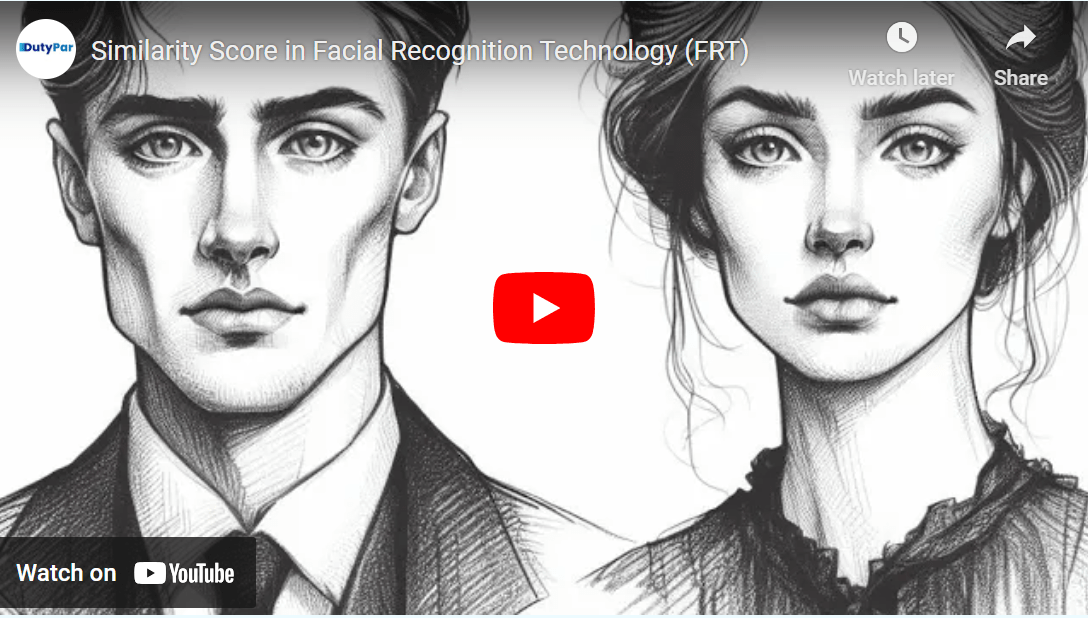
Introduction to Facial Recognition Technology
Facial recognition technology (FRT) has revolutionized the way we interact with machines and the world around us. By analyzing and identifying unique facial features, FRT enables various applications like security systems, access control, and optimizing user experience in mobile devices and social media.
Understanding the basics of facial recognition
Facial recognition technology utilizes sophisticated algorithms to capture and analyze facial landmarks and patterns. These facial features are then matched against a database of known faces to seek a match or similarity score. This process enables machines to identify individuals accurately and efficiently.
The potential and applications of facial recognition technology
The applications of facial recognition technology are vast and diverse. It has found its way into law enforcement and public safety, offering a powerful tool to identify suspects and prevent crimes. Furthermore, FRT has significantly enhanced security systems and access control in various facilities, ensuring only authorized personnel can gain entry.
Additionally, facial recognition technology has improved user experiences by implementing intelligent features such as automatic unlocking on mobile devices and personalized content recommendations on social media platforms.
Exploring Similarity Scores in Facial Recognition
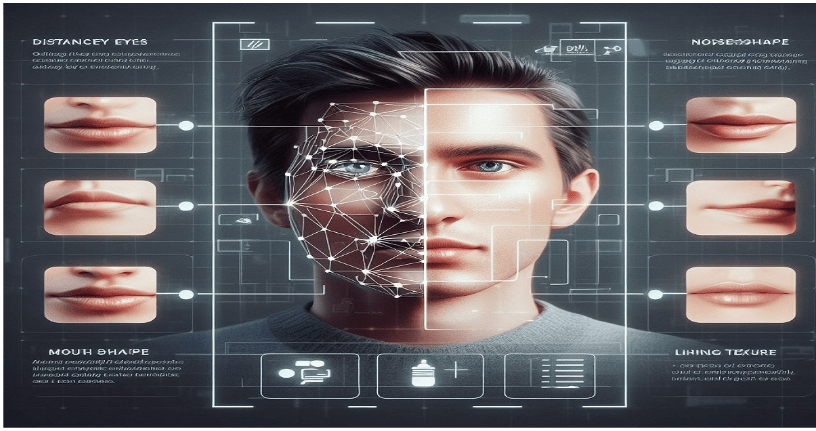
Similarity scores play a crucial role in the accuracy and reliability of facial recognition systems. These scores determine how closely a detected face matches with a reference face in the database.
What is a similarity score?
A similarity score, also known as a similarity index, represents the degree of resemblance between two facial images. It quantifies the level of similarity based on various features, including facial landmarks, textures, and overall facial structure.
How similarity scores contribute to accurate facial recognition?
Similarity scores are integral to the accurate functioning of facial recognition systems. By evaluating the similarity between a detected face and reference faces, these scores enable the identification and verification processes. Higher similarity scores indicate a stronger match and enhance the system’s reliability.
What is an acceptable similarity index score?
Determining an acceptable similarity index score depends on the specific requirements of the facial recognition application. While different scenarios may have varying thresholds, a higher similarity index score generally indicates a more reliable match.

Anatomy of Similarity Scores
Understanding the mathematical foundations and different similarity metrics employed in facial recognition systems is essential for optimizing similarity scores.
The mathematical foundation behind similarity scores
Similarity scores are typically computed using advanced mathematical algorithms. These algorithms analyze facial features such as landmark positions, texture patterns, and shape variations. By comparing these features between two faces, a similarity score is generated.
Different similarity metrics employed in facial recognition systems
Facial recognition systems utilize various similarity metrics to compute similarity scores. These metrics can include measures like Euclidean distance, cosine similarity, and the Mahalanobis distance. Each metric provides a unique approach for evaluating the resemblance between facial images.
Importance of selecting suitable similarity metrics
Selecting the appropriate similarity metric is crucial for facial recognition systems. Different scenarios may require different metrics based on factors such as lighting conditions, pose variation, and the presence of gender or ethnicity biases. The selection of suitable metrics enhances the accuracy and reliability of the similarity scores.
Similarity Scores in Machine Learning
Machine learning techniques have greatly improved the performance of facial recognition systems, and similarity scores play a significant role in these advancements.
Overview of model training process
Model training involves the use of annotated datasets to teach the machine learning algorithms to recognize patterns and accurately calculate similarity scores. This process allows the system to learn and improve its performance over time.
Incorporating similarity scores during model training
Similarity scores are used as critical training signals during the model training process. By providing feedback on the correctness of matches, similarity scores guide the algorithm to enhance its ability to accurately identify individuals.
Improving model performance with similarity scores
Continuous iteration and refinement with the help of similarity scores allow the models to improve their performance. These scores act as crucial feedback signals that enable the system to adapt and generate more accurate matches.
Challenges and Limitations of Similarity Scores in Facial Recognition
Despite their effectiveness, similarity scores face certain challenges and limitations that need to be addressed for optimal performance and fairness in facial recognition systems.
Impact of lighting conditions on similarity scores
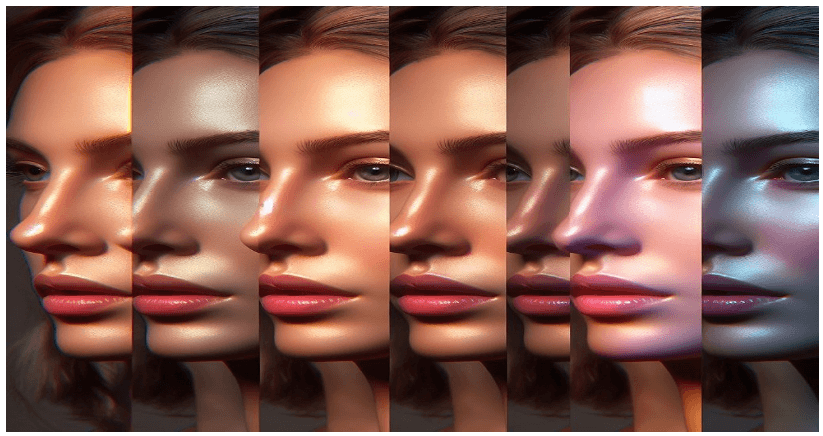
Lighting conditions can significantly impact the accuracy of similarity scores. Bright or dim lighting can lead to variations in facial textures, making it more challenging to achieve high similarity scores. Ensuring proper lighting conditions during image capture and processing can mitigate this issue.
Dealing with pose variation and its effect on similarity scores
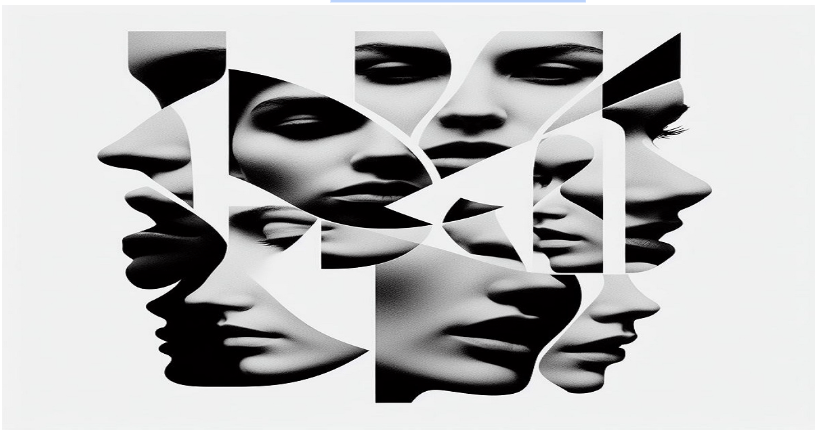
Pose variation, such as different head angles or orientations, can pose challenges to accurate similarity scores. Images captured from non-frontal angles may result in lower similarity scores due to differences in facial alignment. Advanced algorithms and techniques are being developed to handle and compensate for pose variations.
Addressing ethnicity and gender biases in facial recognition systems
Facial recognition systems have faced criticism for exhibiting biases related to ethnicity and gender. These biases can affect similarity scores, leading to potential misidentification or discrimination. Algorithmic improvements and dataset diversification are necessary to ensure fairness and minimize these biases.
Ethical Considerations in Using Similarity Scores
While facial recognition technology offers numerous benefits, it also raises ethical concerns that must be carefully addressed.
Potential risks related to privacy and surveillance
The widespread use of facial recognition technology raises privacy concerns. Continuous surveillance and the potential misuse of personal information can infringe on individuals’ privacy rights. Implementing strict regulations, consent frameworks, and transparency measures can help mitigate these risks.
Ensuring fairness and minimizing biases in similarity scores
To ensure fairness and eliminate biases, it is vital to continuously evaluate and improve similarity scoring algorithms. Regular testing and audits should be conducted to identify and rectify any potential biases within the system.
Regulation and guidelines for the use of similarity scores
Given the potential risks associated with facial recognition technology, governments and organizations must establish strict regulations and guidelines for the ethical implementation of similarity scores. Clear guidelines regarding data usage, consent, and accountability should be put in place to protect individuals’ rights and promote responsible use.
Advances in Similarity Score Calculation
Continuous advancements in deep learning techniques and computing capabilities have led to significant improvements in similarity score calculation.
Deep learning techniques for similarity score calculation
Deep learning techniques, such as convolutional neural networks (CNNs) and Siamese networks, have revolutionized the calculation of similarity scores. These techniques extract and analyze intricate facial features, resulting in more accurate and reliable scores.
Enabling real-time computation of similarity scores
Real-time computation of similarity scores is crucial for applications requiring quick and efficient facial recognition. Advancements in hardware capabilities, parallel processing, and optimized algorithms have facilitated real-time computations, enhancing the usability and effectiveness of facial recognition technology.
Exploring ensemble methods for robust similarity scores
Ensemble methods, combining multiple models or algorithms, have been employed to enhance the robustness of similarity scores. By aggregating the results of different models or algorithms, ensemble methods provide more reliable and accurate similarity scores, reducing the chance of false matches.
Real-World Applications
The practical applications of similarity scores in facial recognition technology have yielded significant success in various domains.
Facial recognition in law enforcement and public safety
Facial recognition technology has been instrumental in assisting law enforcement agencies in the identification and apprehension of suspects. By employing similarity scores, law enforcement authorities can quickly and accurately match faces from surveillance footage with known criminal databases, leading to successful investigations and crime prevention.
Enhancing security systems and access control
Similarity scores have greatly enhanced security systems and access control in various industries. By accurately verifying individuals’ identities, such as employees or visitors, these systems ensure only authorized personnel can gain access to restricted areas. This greatly enhances overall safety and security.
Improving user experience in mobile devices and social media
Similarity scores have transformed the user experience on mobile devices and social media platforms. Applications like automatic unlocking and personalized content recommendations rely on these scores to ensure seamless and tailored experiences for users.
Evaluating Similarity Score Performance
Measuring the accuracy and robustness of similarity scores is essential for evaluating the performance of facial recognition systems.
The role of benchmark datasets in evaluating similarity scores
Benchmark datasets play a crucial role in evaluating similarity score performance. These datasets provide standardized images with known similarity labels, allowing researchers to assess the accuracy, efficiency, and bias of different facial recognition systems.
Metrics for measuring the accuracy and robustness of similarity scores
Metrics such as true positive rate, false positive rate, precision, and recall are commonly used to measure the accuracy and robustness of similarity scores. These metrics provide insights into the system’s ability to correctly identify matches while minimizing false matches and errors.
Interpreting performance results and making informed decisions
Interpreting performance results requires a deep understanding of the specific requirements and limitations of a facial recognition system. By carefully examining the metrics and performance indicators, informed decisions can be made to optimize the system and ensure maximum accuracy and effectiveness.
Future Directions and Emerging Trends
The future of similarity scores in facial recognition technology holds immense potential for advancements and emerging trends.
Potential advancements in similarity score algorithms
Continuous research and development are expected to lead to more innovative and efficient similarity score algorithms. Advanced deep learning architectures, combined with breakthrough computational techniques, are likely to further enhance the accuracy and reliability of similarity scores.
Incorporating multi-modal data for more reliable similarity scoring
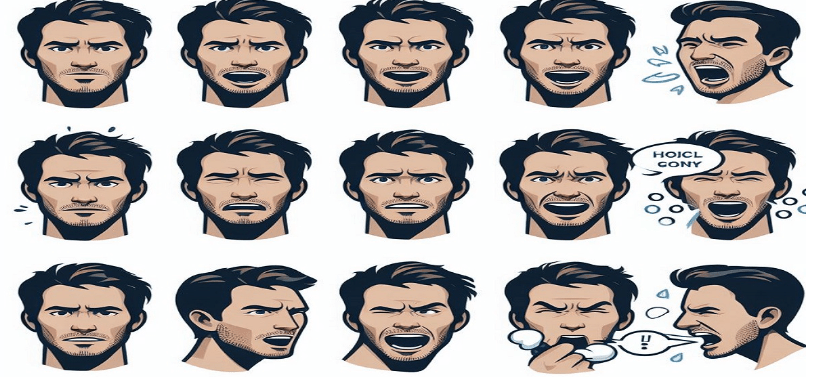
The integration of multiple data modalities, such as facial images, voice recognition, and behavioral patterns, can significantly improve the reliability of similarity scoring. Combining these modalities enables a more comprehensive understanding of individuals, leading to more accurate identification and verification.
Addressing socio-cultural implications and public concerns
Emerging trends in facial recognition technology must address socio-cultural implications and public concerns. Public dialogue and engagement are crucial to understanding and addressing the ethical, legal, and social implications of facial recognition technology, including privacy, bias, and potential misuse.
Summary and Key Takeaways
With an understanding of facial recognition technology and similarity scores, it becomes clear that these scores play a vital role in enabling accurate and reliable identification. By analyzing facial features, employing suitable metrics, and continuously improving algorithms, similarity scores enhance the performance and usability of facial recognition systems.
The implications of facial recognition technology are far-reaching, with applications in law enforcement, security systems, and user experience optimization. However, it is essential to navigate ethical considerations, address biases, and ensure transparency and fairness in the use of similarity scores.
Frequently Asked Questions (FAQs)
What are similarity scores and how do they influence facial recognition?
Similarity scores measure the resemblance between a detected face and reference faces in a facial recognition system. They play a crucial role in determining the accuracy and reliability of facial recognition technology.
How do similarity scores impact the performance of facial recognition algorithms?
Similarity scores directly impact the performance of facial recognition algorithms by guiding the matching and identification of individuals. Higher similarity scores indicate a stronger match, resulting in improved accuracy and reduced false matches.
How can similarity scores be used to address biases and improve fairness in facial recognition?
By selecting suitable similarity metrics, regularly auditing and testing algorithms, and diversifying datasets, similarity scores can be used to address biases and improve fairness in facial recognition systems. Fairness ensures equal treatment and accurate identification of individuals from different ethnicities and genders.
How to check similarity score?
Similarity scores are computed internally within facial recognition systems. End-users typically do not have direct access to check similarity scores. However, system administrators and developers evaluate similarity scores during performance evaluations and algorithm refinements.
What are the ethical concerns surrounding the use of similarity scores in facial recognition?
The use of similarity scores in facial recognition technology raises concerns regarding privacy, surveillance, and potential biases. The ethical concerns include the risk of privacy infringement, the potential for misuse of personal information, and the need to prevent discriminatory practices.
